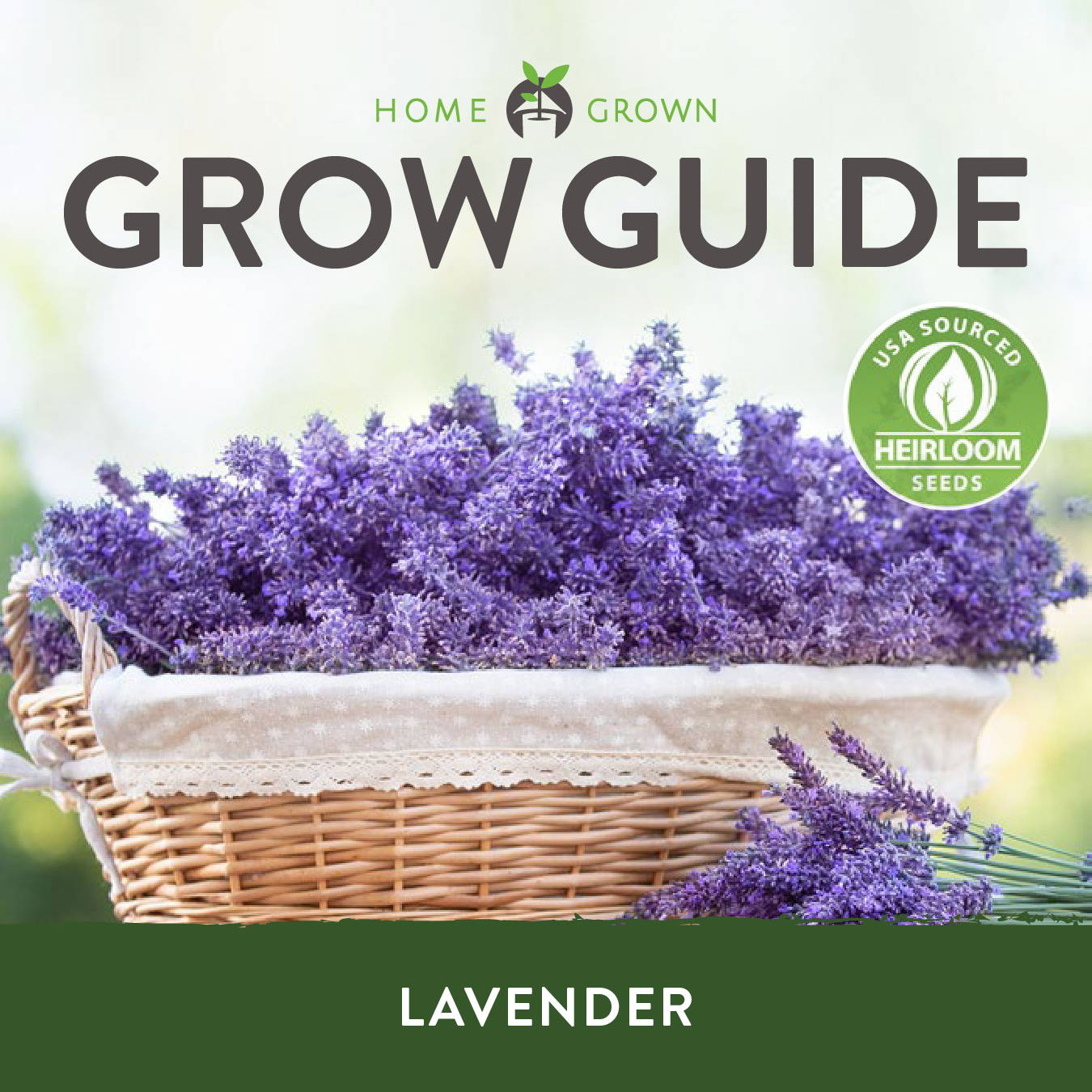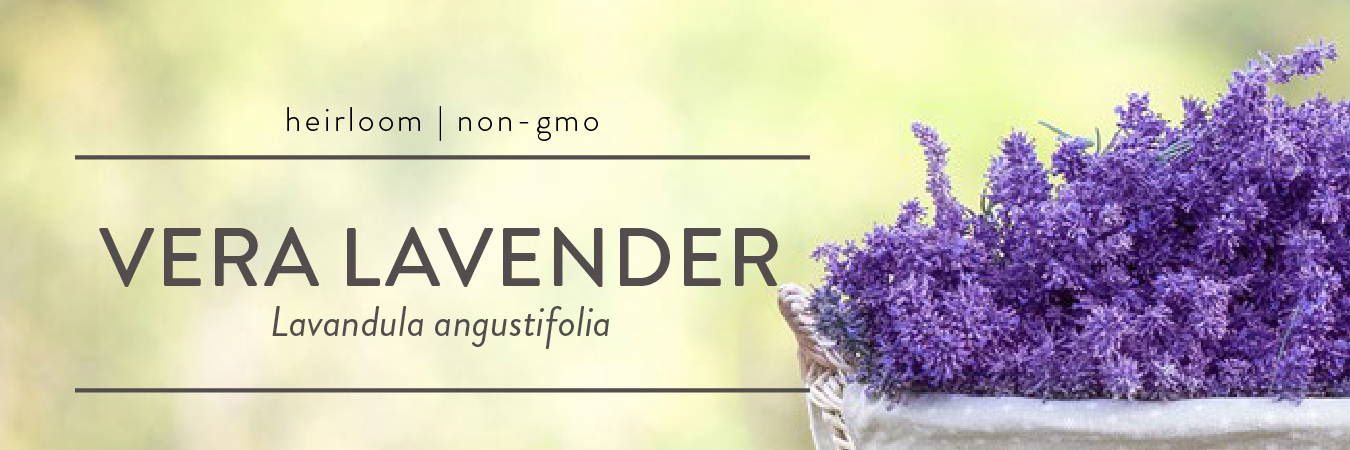
Home Grown is a small family-owned company with a love for gardening. From our own backyard, we have cultivated a passion for gardening that we want to share. We believe that it should be accessible to everyone, fun, and easy to start. Our goal at Home Grown is to provide you with the best quality products and services. Our team has spent years sourcing and creating products that help everyone from beginner to experienced gardeners alike.
We made sure that no green thumb is required to help you have your dream of gardening come true by providing you detailed instructions and guides which are included in all of our seed packs and kits. We hope you experience the same joy we have found for gardening.


Known for its distinctive, sweet and relaxing
fragrance, lavender is widely used in
cosmetics, perfumes, aromatherapy, and
decorations such as potpourri, but it’s also
popularly used as an ornamental plant. This
long-lived perennial shrub prefers alkaline,
well-drained soil and full-sun positions. It
is known for its drought tolerance—it will
do better when the soil is slightly dry rather
than moist. Lavender blooms in mid-summer
with wonderful purple blossoms that last
for 3 to 4 weeks. In warm climates, lavender
is evergreen. Growing from seed may be
slow and challenging, but it is definitely
rewarding!
Seed stratification improves lavender seeds’ germination rate. Since the stratification period can last up to three months, you may need to start the process in winter. To prepare the seeds, place them in a sealed bag or container with a moist growing medium such as sphagnum moss or a wet paper towel. Cover to retain moisture and place in a refrigerator for up to 4 to 8 weeks. Check once in a while if the growing medium has dried and remoisten. Make sure not to soak the growing medium in too much water as it could result in molds or fungus. The seeds are ready to be sown when they have germinated.
To get an early start, sow your lavender seeds indoors in late winter, approximately 6 to 12 weeks before the last frost date in your area. Remove the seeds from the refrigerator after the stratification process. Allow the seeds to reach room temperature before using them in planting. Prepare a seed starting tray or pots with well-drained sandy soil and place 2-3 seeds in one cell. For pots, place 2-3 seeds in one hole and space an inch from each other. Sow the seeds 1/8 inch deep and moisten with water. Don’t bury the seeds too deep as they need light to germinate. Keep in a warm area and place in a sunny spot. Water only when the soil feels dry. The seeds germinate best when the soil temperature is anywhere between 65°F to 70°F. Under the right growing conditions, the seeds should germinate within a month, though it may take longer. When two months have passed and there are no signs of growth, there may be problems during the seed treatment and germination period.
Once the seedlings have grown to 2 to 3 inches and have grown several leaves, thin them and leave only the strongest ones. Transplant outdoors during spring or the first few weeks of summer or after the danger of frost has passed. Harden the seedlings by taking the pots out several hours a day and then gradually increasing their time outdoors each day until they’re fully adapted to outdoor growing conditions before transplanting. Plant the seedlings 2 to 3 feet apart and water regularly until the seedlings are established. To allow proper care and harvesting, lavender should be planted in straight rows that are approximately 30 to 36 inches apart. This will allow plenty of walking space to easily access the entire crop of plants.
After the seed stratification process, make sure the seeds are at room temperature before starting to plant outside. Plant during early spring when there’s no longer any risk of frost and the soil temperature is around 50°F–65°F. Sunlight is definitely needed for outdoor sowing so pick a sunny spot in your garden with well-drained soil. Sow 2-3 seeds in one hole and space the seeds an inch from each other. Once the seeds have germinated, thin the seedlings and maintain the strongest ones. Lavender seeds can also be direct-sown in fall. Seeds planted in
the fall don’t require stratification. Wait for the first killing frost in your area and sow the seeds directly into the ground. The seeds will go through their natural lifecycle and germinate the following spring. However, this method is not guaranteed to provide a high germination rate among the lavender seeds.
To bloom to its full potential, lavender needs a full year of growth, however, you may still be able to harvest some flowers during the first year. Lavender blooms during summer and can be used fresh or dried. Harvest your lavender when the flower buds are formed, but not yet opened. Cut from the stems whether for cooking, for bouquets, or for drying during early mornings when the oils in lavender are concentrated. In cooking, lavender can be used in
salads, as a garnish, and can be used as a seasoning. Lavender can also be used as an ingredient in cookies and scones. It can also be used to brew tea or for marinating beef, pork, poultry, and fish.